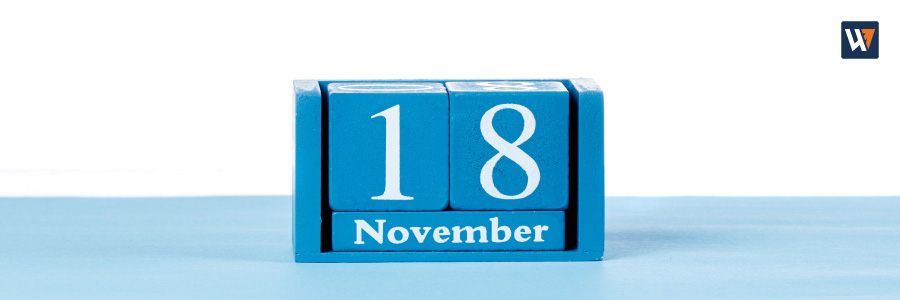Good debt vs. Bad debt
11th November 2020It has never been easier for businesses to get a loan following the introduction of the Bounce Back Loan (BBL) scheme. The scheme has been extended to 31 January 2021 and businesses will now be able to apply for top-ups if they have not previously taken the full amount available.
But what is the difference between good and bad debt?
Good debt is usually defined as debt that allows a business to scale up and increase profits. Bad debt is where it is likely there is no long-term reward or benefit in taking it on.
Being able to repay the debt is just as important as the purpose it was used for. All debt is bad debt if a business cannot afford it.
SME business owners in the UK have historically been reluctant to take on debt because of the general association of debt with bad consumer debt. However, this has changed dramatically since COVID and the introduction of the BBL Scheme.
In order to provide the BBL funds quickly the Government has dispensed with any requirement for affordability to be considered in the application process.
When taking on debt the main criteria for determining whether it is good or bad debt are:
- What are the funds to be used for?
- What growth or profit is it expected to generate?
- Can the business afford to repay the debt?
If you are thinking about taking on business debt, please do get in contact to discuss this with us.
We will be able to assist in your debt decision making process through our knowledge of business planning, projections and the different types of debt. In some cases, obtaining a larger debt through the alternative Coronavirus Business Interruption Loan Scheme may be the solution.
Disclaimer - All information in this post was correct at time of writing.








